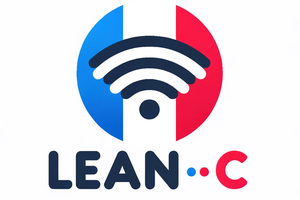DEVELOPMENT PLAN:
| PHASE | ACTION | RESULT |
| Needfinding | Conduct research to uncover user needs and opportunities for improvement. | Needs shown for putting audio and video in sync with bodily rhythm, with media calm boosts or thrill boosts when optimal to avoid sensory overload and improve engagement. |
| Ideation | Identify requirements and goals then brainstorm ways to solve the needs using novel technology. | Ideas generated for three algorithms that have three goals or modes. Calm mode, thrill mode, and focus mode. |
| Prototyping | Develop hardware and software. | Sketches developed which apply the calm mode, thrill mode and focus mode algorithms. |
| Small Scale Testing | Conduct small scale testing until device is adequately functional for larger scale testing. | Small scale testing shows fully functioning device and shows promise for further advancement of features |
There are a few dependencies at this moment which are listed below.
- Pro Micro hardware is released under Creative Commons Share-alike 4.0 International.
- Pulse Sensor Amped hardware is licensed under the TAPR open source hardware license
- PulseSensorPlayground code library is licensed under the MIT License
- Arduino Environment is licensed under the GNU General Public License
- Optimote Programs are licensed under the MIT License
- Optimote Hardware is licensed under the TAPR open source hardware license
 Donovan M.
Donovan M.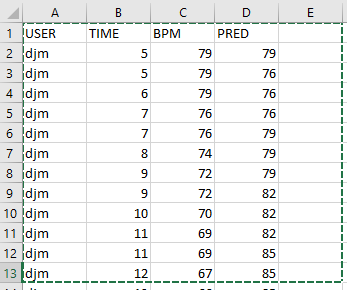
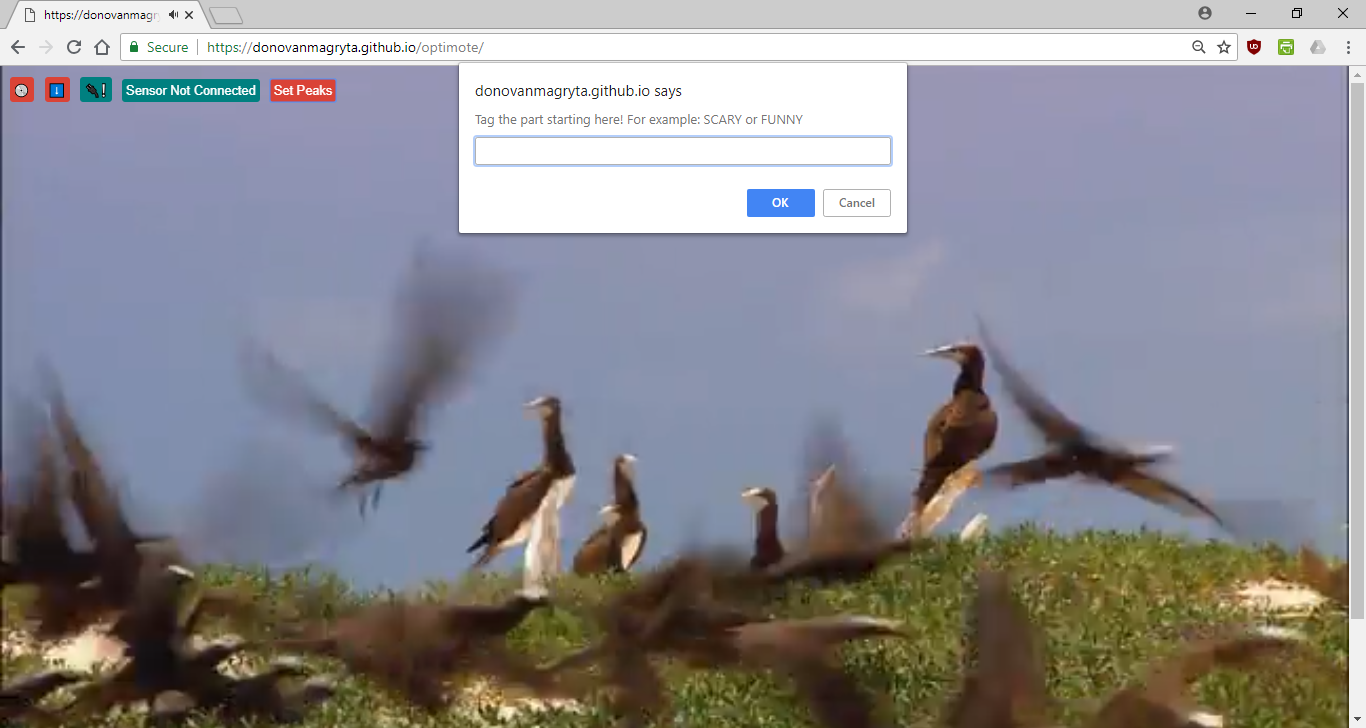

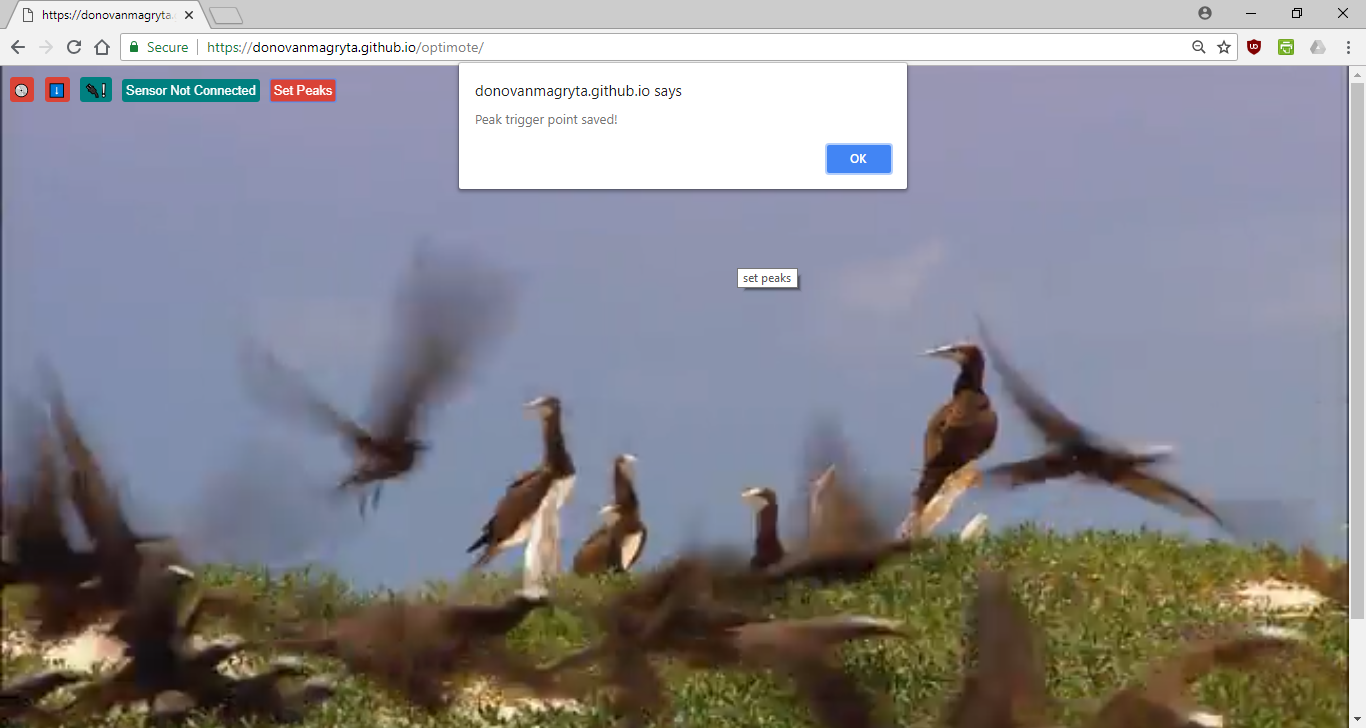
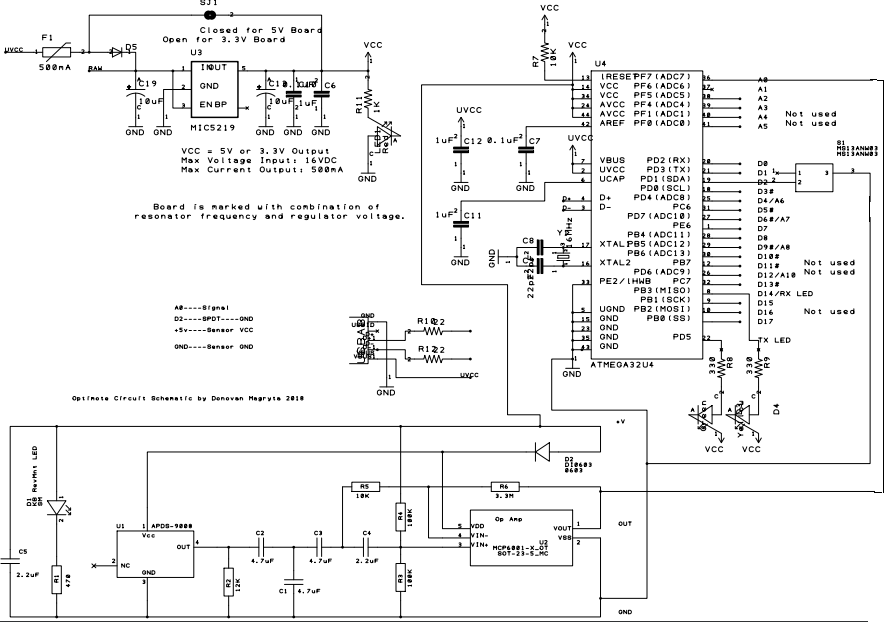


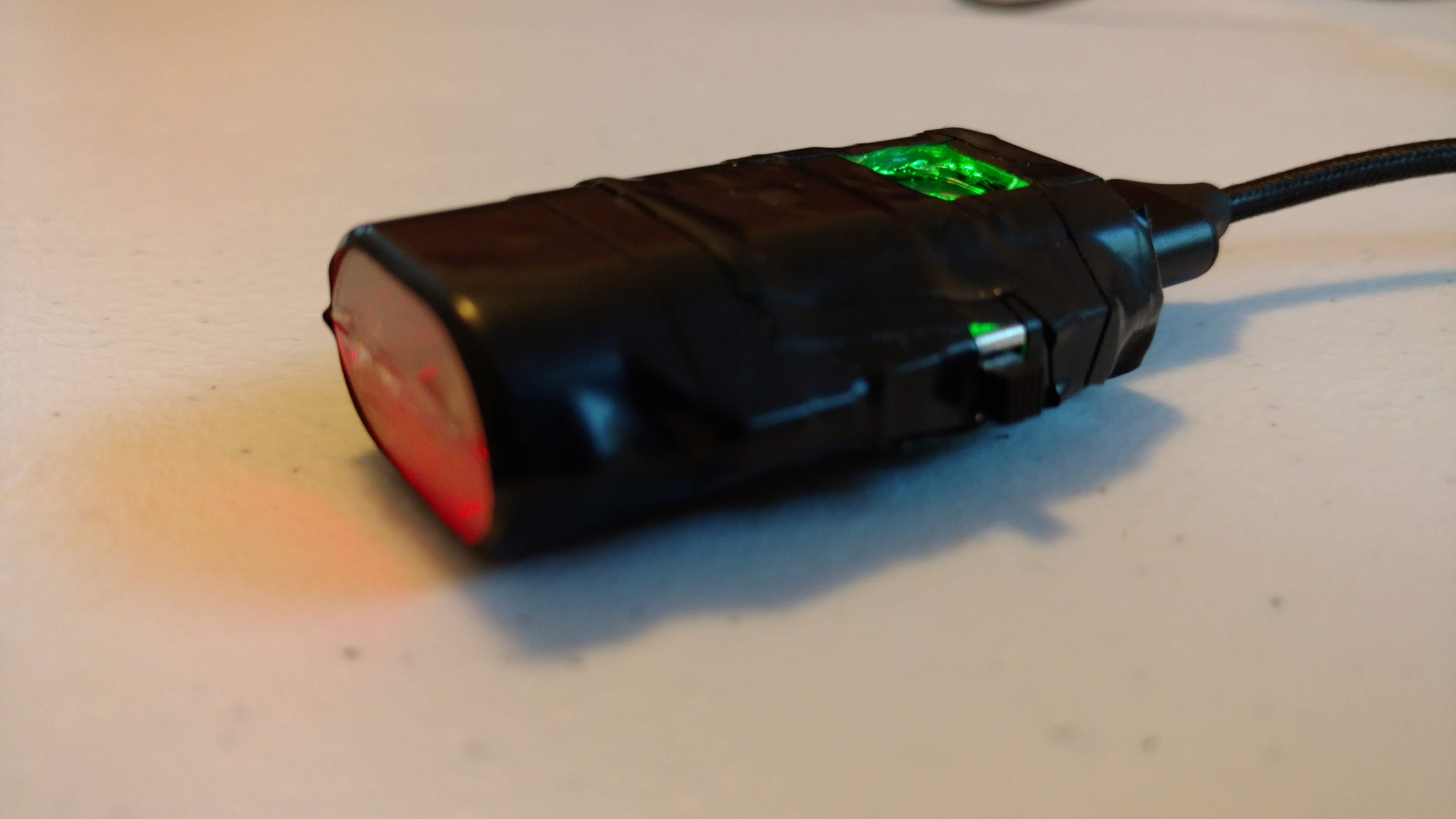
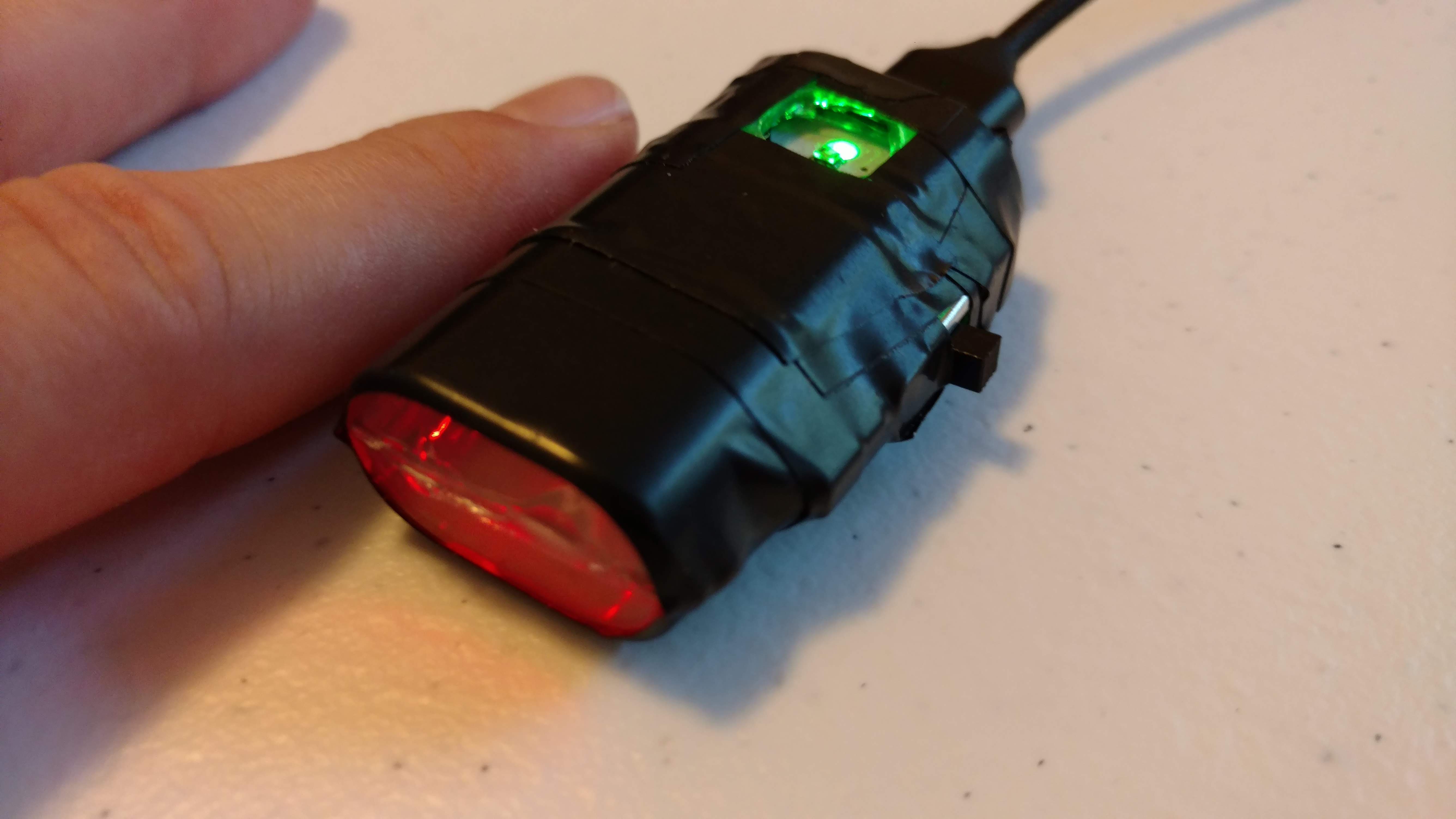

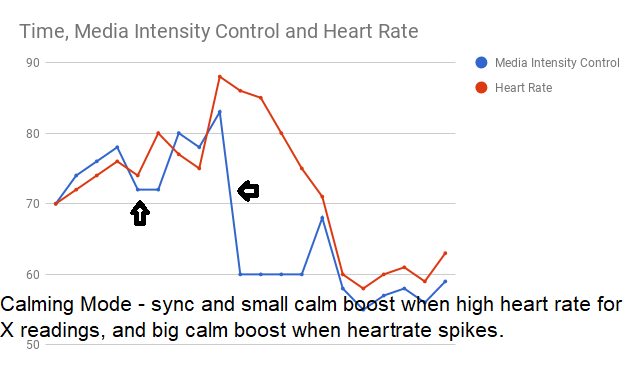
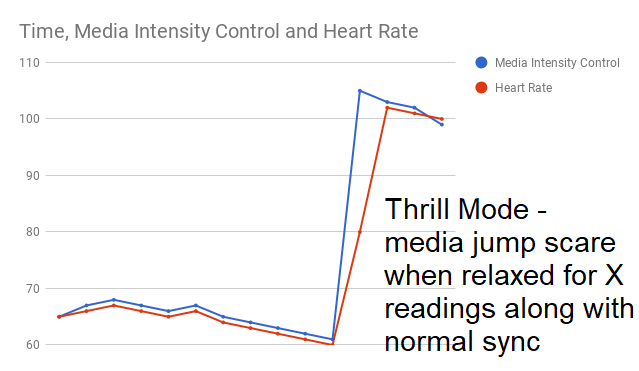
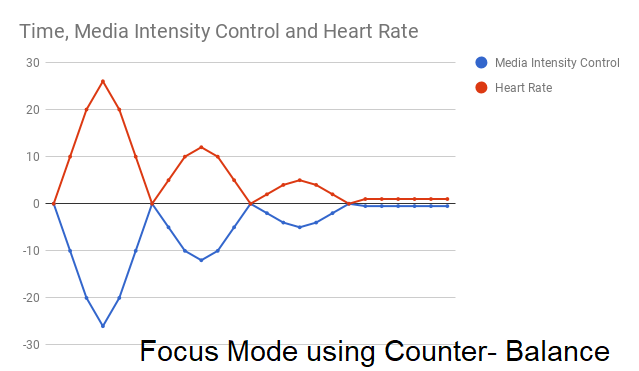

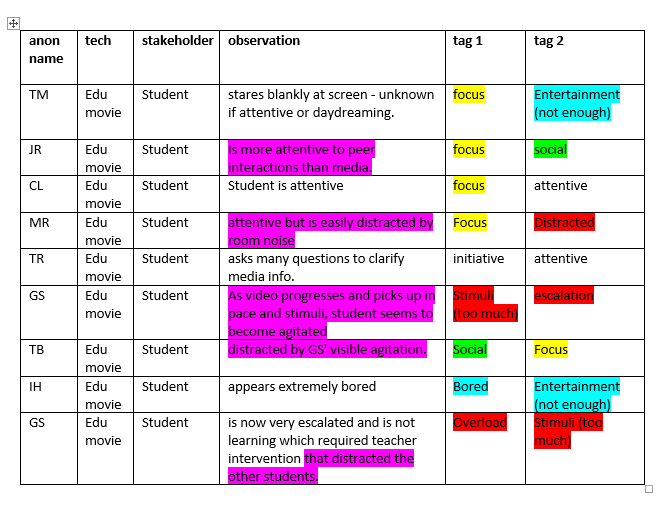
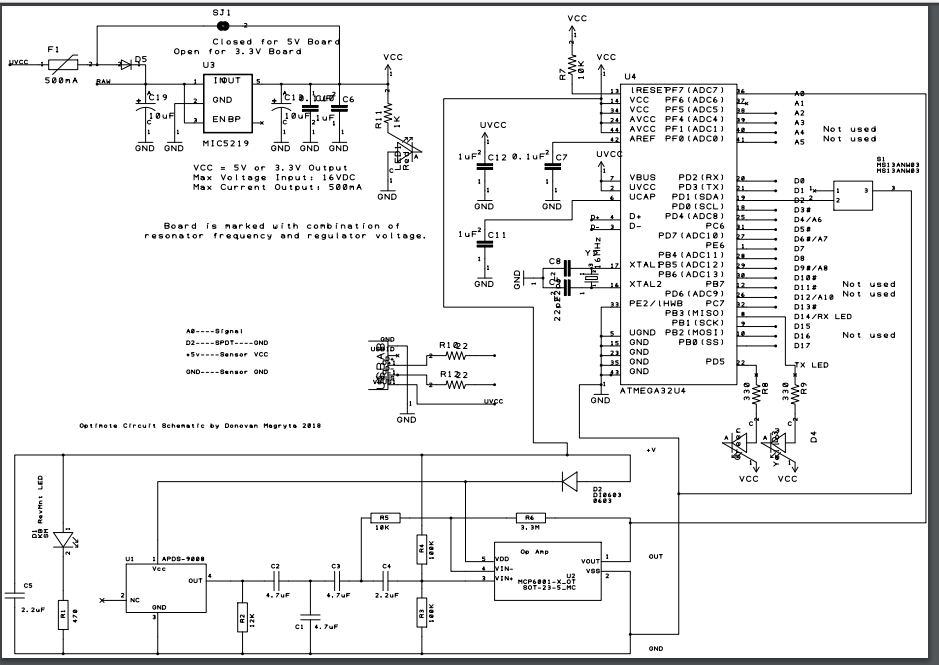

 Silas Waxter
Silas Waxter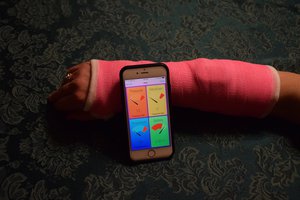
 Alex
Alex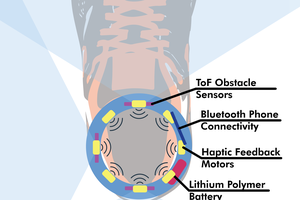
 Rohan Menon
Rohan Menon